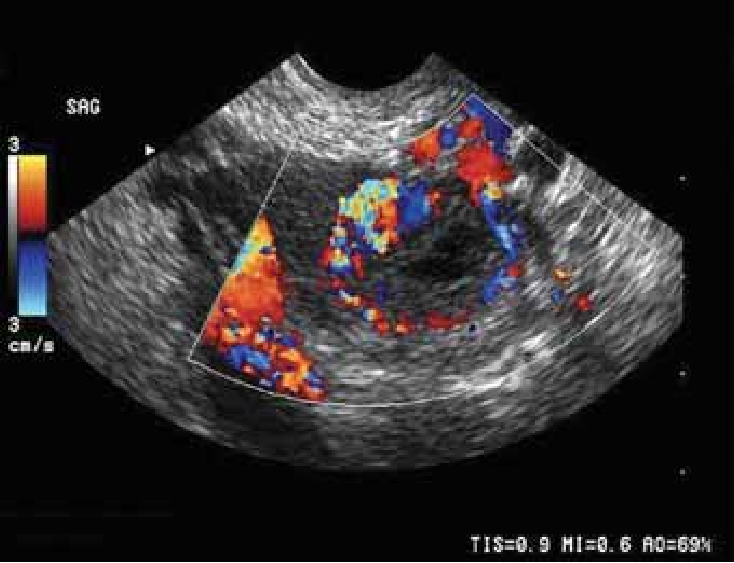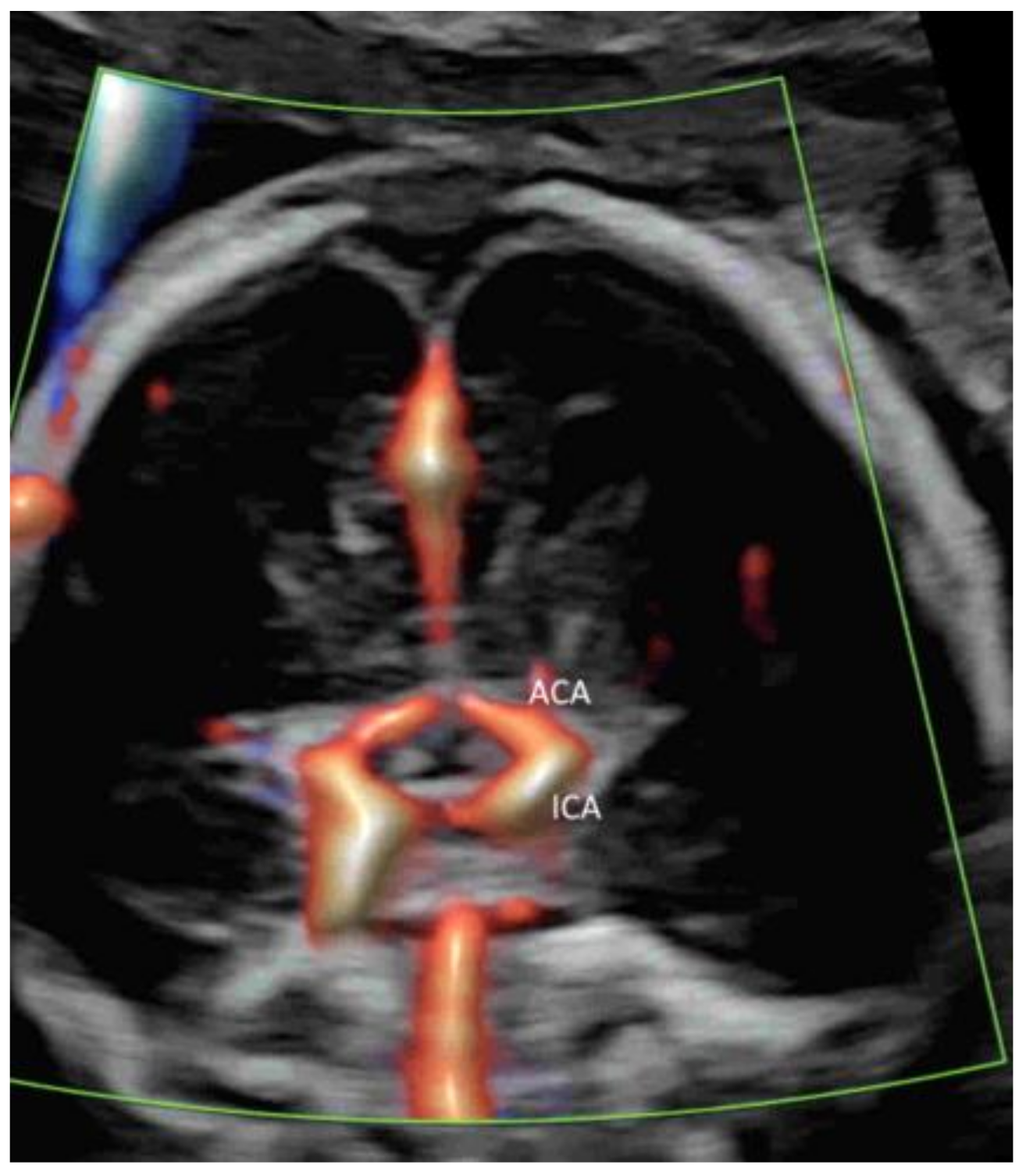24*7 days open
EveryDay
+91-8677911714 +91- 9199847502
Santkabirhospital.pvt.ltd@gmail.com
Bihar
Jayajpatti Road, Rampur Jalalpur, Dalsingsarai, Bihar 848114
Colour Doppler Ultrasound
- Home
- Colour Doppler Ultrasound
Contact Info
- Jyajpatti,Rampur Jalalpur Road ,Dalsinghsarai,Samastipur,848114
- +91-8677911714 +91- 9199847502
- Santkabirhospital.pvt.ltd@gmail.com
- 24*7 days open EveryDay
Advanced Fetal and Maternal Health Monitoring
At Sant Kabir Hospital Pvt. Ltd., we offer advanced Colour Doppler Ultrasound services as part of our comprehensive maternity and radiology care. Colour Doppler is a non-invasive imaging technique that allows doctors to visualize and evaluate blood flow in both the mother and the developing baby. It plays a crucial role in high-risk pregnancies and ensures a safe and healthy delivery journey.
What is Colour Doppler?

Colour Doppler Ultrasound is a specialized imaging method that uses sound waves to show blood flow in real-time. It helps assess whether blood is flowing at normal rates and in the right direction through the baby’s heart, umbilical cord, and other vital organs—as well as through the mother’s placenta and uterus.
When is Colour Doppler Used During Pregnancy?

To monitor blood flow in the umbilical cord and placenta
To assess fetal growth and development
In cases of high-risk pregnancies (e.g. gestational hypertension, diabetes, twins)
To detect placental insufficiency or fetal distress
To evaluate congenital heart conditions in the fetus
During third-trimester evaluations for fetal well-being
Benefits of Colour Doppler in Maternity Care

Early detection of complications that could affect the baby’s health
Improved decision-making for obstetricians regarding delivery timing
Non-invasive and completely safe for both mother and baby
Essential for monitoring intrauterine growth restriction (IUGR)
Accurate insights into amniotic fluid levels and placental health
Why Choose Sant Kabir Hospital for Colour Doppler?

Latest ultrasound machines with high-definition imaging
Experienced radiologists and fetal medicine specialists
Safe and comfortable scanning environment
Integrated with our Labour and Maternity Department for smooth coordination
Immediate availability for urgent cases and emergency assessments
Accurate Monitoring. Healthier Outcomes

At Sant Kabir Hospital Pvt. Ltd., we leave nothing to chance when it comes to maternal and fetal health. Our Colour Doppler services provide the insight needed for safer pregnancies, healthier babies, and informed clinical decisions—especially in critical or late-stage pregnancy monitoring.
It helps designers plan out where the content will sit, the content to be written and approved.
We’re in Social:
Services
Services
Contact Us
©2025, SANT KABIR HOSPITAL. All Rights Reserved
